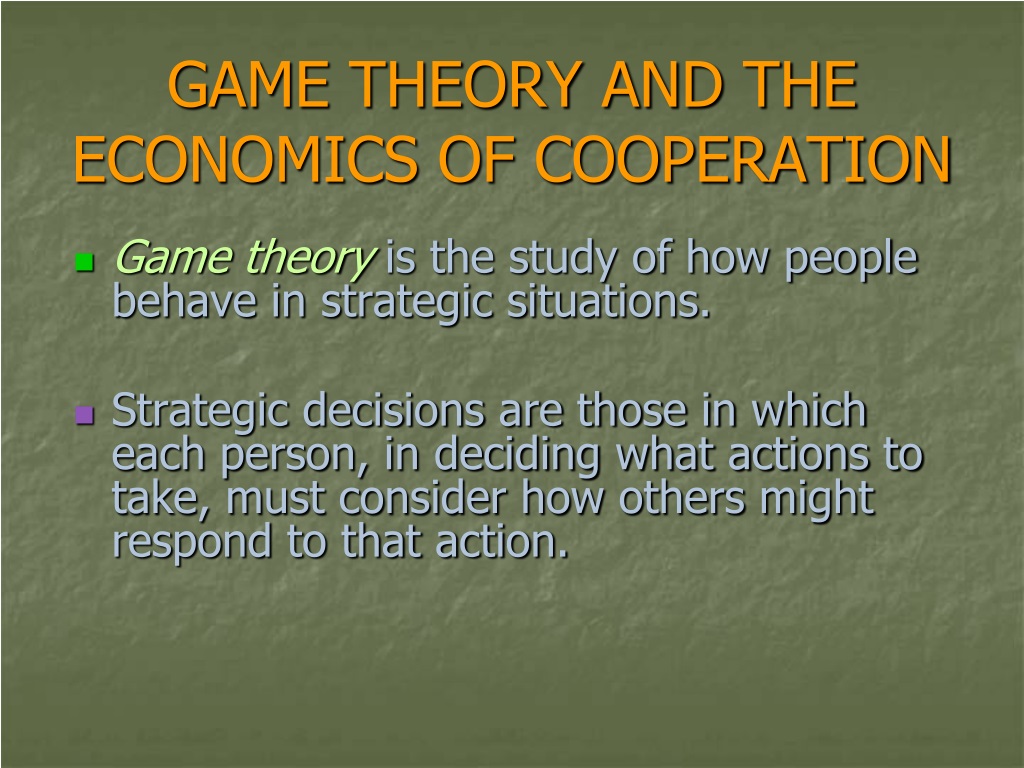[Revised entry by Malcolm Keating on January 15, 2025.
Changes to: Main text, Bibliography]
Indian thinkers distinguish between literal and nonliteral meaning early in their history. They do so within different intellectual disciplines (śāstra-s), each broadly philosophical, but with varying emphases. Within the grammatical discipline, Yāska’s Semantic Explanation (Nirukta), an early (perhaps 6th century to 3rd century BCE) etymological treatise recognizes the difference between ordinary (laukika) and metaphorical language (upamā)….
Post Views: 101
Read the full article which is published on Stanford Encyclopedia of Philosophy (external link)






